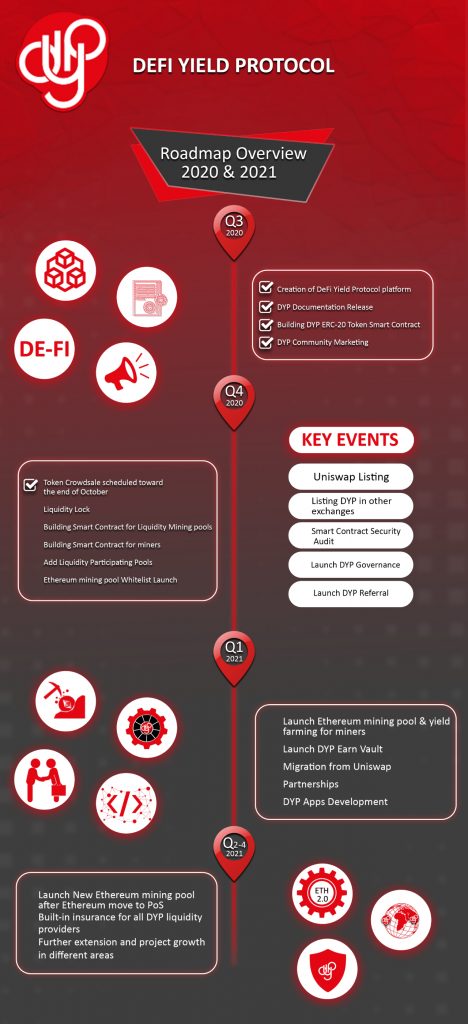
Since February 2020, we have seen a steady growth of the blockchain space and, most significantly, decentralized finance. While DeFi isn’t entirely new, the network’s growth has been more aggressive this year than it has ever been. The distribution of COMP governance token and the introduction of yield farming protocols around June this year has made DeFi the most engaging conversation in the blockchain space, no doubt.
DeFi Yield Protocol (DYP)
Decentralized finance has only grown this much because of the control and ease it offers users. By allowing users to utilize traditional banking and financing services like lending, borrowing, and saving, an overwhelming sense of trust has been birthed over the past few months. Even more captivating is that many users now earn more than 100% of their capital, mostly by offering liquidity through yield farming protocols.
Over the past couple of months, we have also seen a contrast between different DeFi protocols and what might set a precedent for the DeFi ecosystem’s longevity as a whole. The DeFi yield protocol (DYP) is a unique protocol that allows virtually any user to provide liquidity, earn DYP tokens as yield while maintaining the token price. Unlike some DeFi user interface, the DYP interface is quite simplified, accommodating new and expert yield farmers.

What Makes the DYP Staking Pool Unique?
DYP developers, together with a blockchain company, developed the unique DYP staking. The DYP staking allows users to stake dAPP through the Ethereum smart contract that is front-end integrated with Metamask and Trustwallet. By studying some flaws of the DeFi ecosystem, DYP aims to tackle them head on and give users the best experience in open finance.
One of the many arguments against the operability of defi revolves around “whales” controlling the



